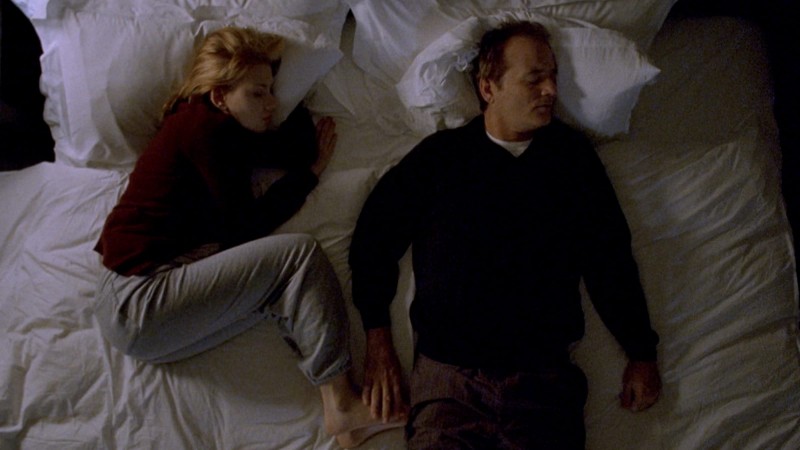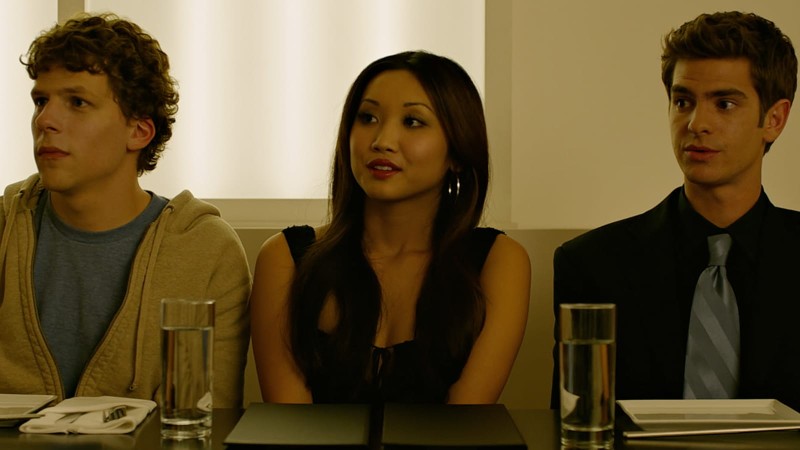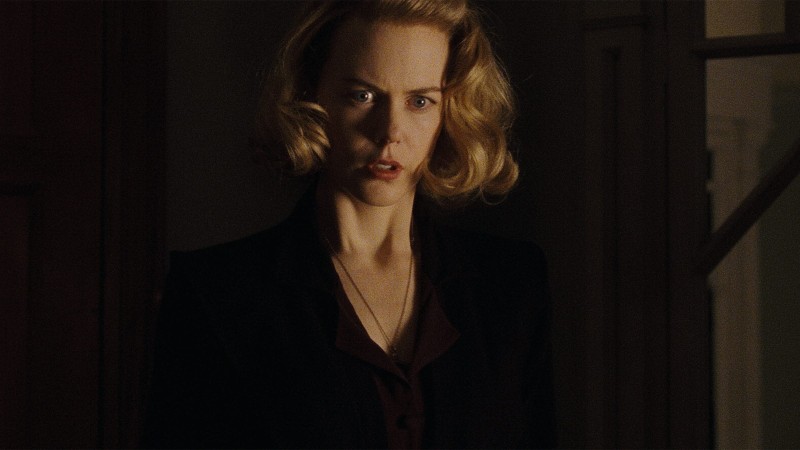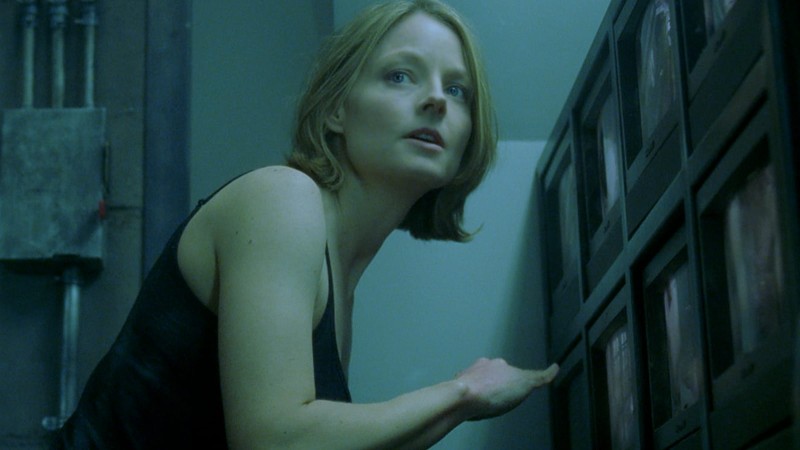A Tale of Two Hiroshimas
National tragedies can cast a long shadow on the art forms tasked with memorializing them. And in Japan, perhaps no historical event has had a more complicated relationship with the screen than the bombing of Hiroshima. In 1952, when the Japanese Teachers’ Union (JTU) commissioned Hiroshima-born director Kaneto Shindo to make the first feature film to confront the aftermath of the bombing, it had been nearly seven years since the end of World War II. During that time, the Allied occupation, which had only been in retirement for a month when Shindo began shooting, had considerably changed the local film industry, transforming Japanese cinema into a platform for American ideology and making the bomb a taboo subject.

Following Japan’s surrender in 1945, the occupation, led by General Douglas MacArthur, sought to reshape the nation according to “American-style” democracy, attempting to eliminate Japanese militaristic and fascistic institutions while encouraging ideals suppressed by the prewar Japanese government, such as universal suffrage, freedom of assembly and speech, agrarian reform, and unionization. Powerful unions were organized at major film studios like Shochiku and Toho, the latter of which went from being the biggest producer of wartime propaganda to being the biggest producer of “democratization films,” which promoted the agenda of the occupation government. From this period emerged such films as Akira Kurosawa’s No Regrets for Our Youth (1946), a condemnation of militarism and celebration of democracy, and the explicitly pro-union Those Who Make Tomorrow (1946), by Kurosawa, Hideo Sekigawa, and Kajiro Yamamoto.
But beginning in 1950, as the Cold War escalated, a change in the Americans’ initially liberal policies led inadvertently to the strengthening of independent cinema. A red purge swept through Japan, expelling accused communists from their jobs, in a disturbing echo of what was going on in Hollywood at the time. Essentially blacklisted from the major studios, ousted filmmakers gravitated toward independent production companies primarily founded by leftists.
This new wave of companies included Kindai Eiga Kyokai, formed by Shindo with his colleague Kozaburo Yoshimura, both of whom had been ostracized for the “dark outlook” of their social criticism.
“When the occupation packed up and left in April 1952, those who had wanted to use film to explore the aftermath of the bombings saw their chance.”






